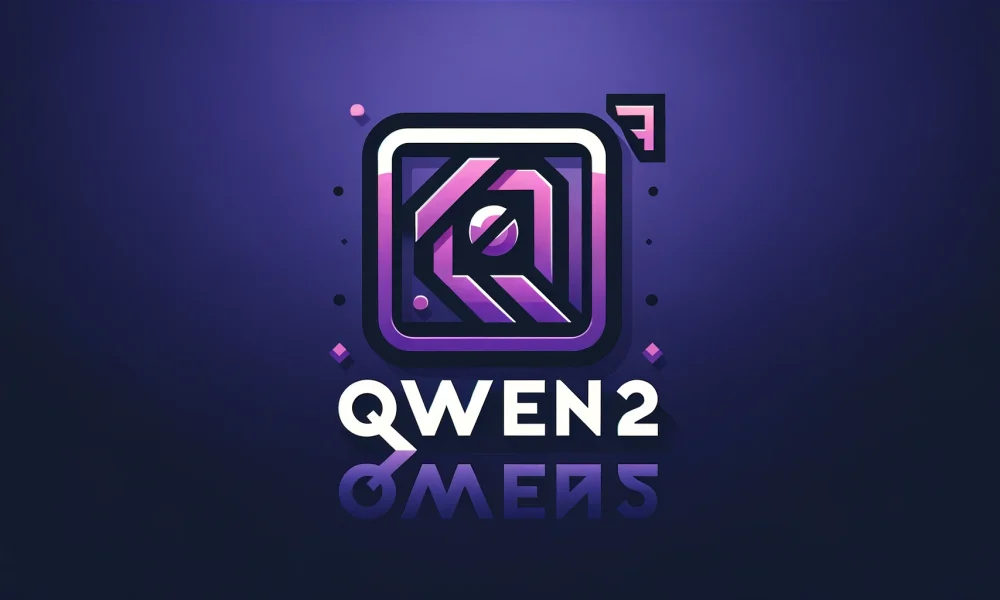Introducing Jamba: Revolutionizing Large Language Models
The world of language models is evolving rapidly, with Transformer-based architectures leading the way in natural language processing. However, as these models grow in scale, challenges such as handling long contexts, memory efficiency, and throughput become more prevalent.
AI21 Labs has risen to the occasion by introducing Jamba, a cutting-edge large language model (LLM) that merges the strengths of Transformer and Mamba architectures in a unique hybrid framework. This article takes an in-depth look at Jamba, delving into its architecture, performance, and potential applications.
Unveiling Jamba: The Hybrid Marvel
Jamba, developed by AI21 Labs, is a hybrid large language model that combines Transformer layers and Mamba layers with a Mixture-of-Experts (MoE) module. This innovative architecture enables Jamba to strike a balance between memory usage, throughput, and performance, making it a versatile tool for a wide range of NLP tasks. Designed to fit within a single 80GB GPU, Jamba offers high throughput and a compact memory footprint while delivering top-notch performance on various benchmarks.
Architecting the Future: Jamba’s Design
At the core of Jamba’s capabilities lies its unique architecture, which intertwines Transformer layers with Mamba layers while integrating MoE modules to enhance the model’s capacity. By incorporating Mamba layers, Jamba effectively reduces memory usage, especially when handling long contexts, while maintaining exceptional performance.
1. Transformer Layers: The standard for modern LLMs, Transformer layers excel in parallel processing and capturing long-range dependencies in text. However, challenges arise with high memory and compute demands, particularly in processing long contexts. Jamba addresses these limitations by seamlessly integrating Mamba layers to optimize memory usage.
2. Mamba Layers: A state-space model designed to handle long-distance relationships more efficiently than traditional models, Mamba layers excel in reducing the memory footprint associated with storing key-value caches. By blending Mamba layers with Transformer layers, Jamba achieves high performance in tasks requiring long context handling.
3. Mixture-of-Experts (MoE) Modules: The MoE module in Jamba offers a flexible approach to scaling model capacity without proportional increases in computational costs. By selectively activating top experts per token, Jamba maintains efficiency in handling complex tasks.
Unleashing Performance: The Power of Jamba
Jamba has undergone rigorous benchmark testing across various domains to showcase its robust performance. From excelling in common NLP benchmarks like HellaSwag and WinoGrande to demonstrating exceptional long-context handling capabilities, Jamba proves to be a game-changer in the world of large language models.
Experience the Future: Python Integration with Jamba
Developers and researchers can easily experiment with Jamba through platforms like Hugging Face. By providing a simple script for loading and generating text, Jamba ensures seamless integration into AI workflows for enhanced text generation tasks.
Embracing Innovation: The Deployment Landscape
AI21 Labs has made the Jamba family accessible across cloud platforms, AI development frameworks, and on-premises deployments, offering tailored solutions for enterprise clients. With a focus on developer-friendly features and responsible AI practices, Jamba sets the stage for a new era in AI development.
Embracing Responsible AI: Ethical Considerations with Jamba
While Jamba’s capabilities are impressive, responsible AI practices remain paramount. AI21 Labs emphasizes the importance of ethical deployment, data privacy, and bias awareness to ensure responsible usage of Jamba in diverse applications.
The Future is Here: Jamba Redefines AI Development
Jamba’s introduction signifies a significant leap in the evolution of large language models, paving the way for enhanced efficiency, long-context understanding, and practical AI deployment. As the AI community continues to explore the possibilities of this innovative architecture, the potential for further advancements in AI systems becomes increasingly promising.
By leveraging Jamba’s unique capabilities responsibly and ethically, developers and organizations can unlock a new realm of possibilities in AI applications. Jamba isn’t just a model—it’s a glimpse into the future of AI development.
Q: What is the AI21 Labs’ New Hybrid Transformer-Mamba Language Model?
A: The AI21 Labs’ New Hybrid Transformer-Mamba Language Model is a state-of-the-art natural language processing model developed by AI21 Labs that combines the power of a transformer model with the speed and efficiency of a mamba model.
Q: How is the Hybrid Transformer-Mamba Language Model different from other language models?
A: The Hybrid Transformer-Mamba Language Model is unique in its ability to combine the strengths of both transformer and mamba models to achieve faster and more accurate language processing results.
Q: What applications can the Hybrid Transformer-Mamba Language Model be used for?
A: The Hybrid Transformer-Mamba Language Model can be used for a wide range of applications, including natural language understanding, machine translation, text generation, and more.
Q: How can businesses benefit from using the Hybrid Transformer-Mamba Language Model?
A: Businesses can benefit from using the Hybrid Transformer-Mamba Language Model by improving the accuracy and efficiency of their language processing tasks, leading to better customer service, enhanced data analysis, and more effective communication.
Q: Is the Hybrid Transformer-Mamba Language Model easy to integrate into existing systems?
A: Yes, the Hybrid Transformer-Mamba Language Model is designed to be easily integrated into existing systems, making it simple for businesses to take advantage of its advanced language processing capabilities.
Source link










